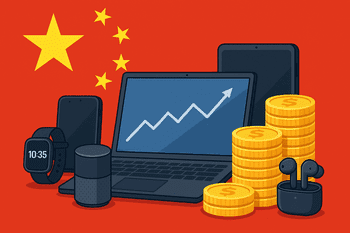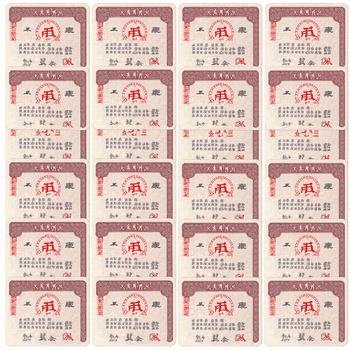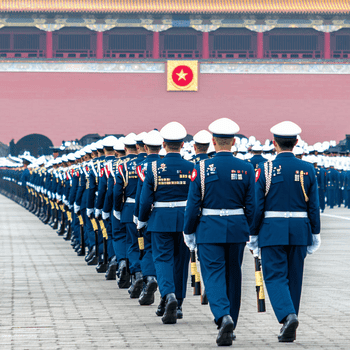
China remains the world’s manufacturing powerhouse for electronics, with significant shifts in the market landscape since 2024.
Whether you’re an expat in China or planning a purchase during your visit, this updated guide will help you navigate the current technology pricing landscape.
Understanding China’s Evolving Technology Market in 2025
China’s tech ecosystem has transformed dramatically, with Xiaomi reclaiming market leadership after a decade and national subsidy policies reshaping consumer behavior.
Major players like Huawei continue showing double-digit growth despite global challenges.
| Top 5 Smartphone Vendors in China (Q1 2025) | Market Share | Annual Growth |
|---|---|---|
| Xiaomi | 19% | +40% |
| Huawei | 18% | +12% |
| OPPO | 15% | -3% |
| vivo | 15% | +2% |
| Apple | 13% | -8% |
Source: Canalys Smartphone Analysis, April 2025
Smartphones: Price Ranges and Market Trends
The smartphone market in China offers diverse options across all price segments, with AI capabilities now a key differentiator:
- Budget Smartphones (¥800–¥2,000 / $110–$280): Brands like Redmi, Realme, and Motorola’s Moto series dominate this segment with models like the Moto G15 Power (¥1,164).
- Mid-Range Smartphones (¥2,000–¥4,500 / $280–$630): OPPO, vivo, and Xiaomi offer feature-rich devices with the Poco X7 Neo (¥2,123) representing excellent value.
- Premium Smartphones (¥5,000–¥10,000+ / $700–$1,400+): Apple’s iPhone 17, Samsung’s Galaxy S25, and Huawei’s flagship models command this segment, with the vivo X200s Pro priced at ¥5,318.
AI-capable smartphones now account for 22% of China’s shipments and are projected to exceed 40% by the end of 2025, according to Canalys research.
Foldable Revolution: No Longer Just Premium Devices
Foldable smartphones have transitioned from niche to mainstream in 2025:
- Flip-Style Foldables (¥4,500–¥6,000): Models like the Motorola Razr 50 Ultra (¥5,673) and Tecno Phantom V Flip 2 (¥4,615) have made this form factor more accessible.
- Book-Style Foldables (¥7,000–¥12,000): Premium options like the Tecno Phantom V Fold 2 (¥7,519) offer tablet-like experiences in a pocketable form factor.
Laptops and Tablets: Current Pricing Landscape
The laptop market has seen significant price adjustments due to global supply chain shifts:
- Budget Laptops (¥2,800–¥5,500 / $390–$770): Huawei and Lenovo continue offering affordable options for students and professionals.
- Mid-Range Laptops (¥6,500–¥13,000 / $910–$1,820): Ultrabooks from Dell, Asus, and Apple target business and creative users.
- High-End Gaming Laptops (¥16,000+ / $2,240+): Premium models from ROG, MSI, and Alienware command higher prices following recent tariff adjustments.
Tablets follow similar patterns, with the Honor Pad V9 (¥1,988) representing excellent mid-range value.
Gaming Consoles: Impact of Tariff Exemptions
Recent tariff exemptions for certain electronics have stabilized gaming console prices:
- Sony PlayStation 5 (¥3,800–¥4,800 / $530–$670)
- Microsoft Xbox Series X (¥3,600–¥4,600 / $500–$640)
- Nintendo Switch (¥2,000–¥2,600 / $280–$360)
Source: Tom’s Guide, April 2025
Smart Home Devices and Wearables: The AI Integration
China’s smart home industry continues to expand with deeper AI integration:
- Smart Speakers (¥250–¥900 / $35–$125) from Xiaomi and Baidu now feature more advanced voice recognition and DeepSeek AI capabilities.
- Smartwatches and Fitness Bands (¥350–¥2,800 / $50–$390): Huawei and Amazfit offer competitive alternatives to international brands.
- Smart Home Cameras and Sensors (¥180–¥1,700 / $25–$240): Enhanced security solutions with improved AI detection features.
Operating System Dynamics: HarmonyOS Growth
Huawei’s HarmonyOS Next ecosystem is reshaping China’s mobile landscape, expected to account for 3% of China’s smartphone install base by the end of 2025.
The company is accelerating its rollout, including bringing the upgrade to its Nova 12 and 13 series.
Where to Buy Gadgets in China in 2025
- Online Marketplaces: JD.com and Tmall have strengthened their dominance following the 2025 national subsidy program.
- Electronics Malls: Physical locations like Shenzhen’s Huaqiangbei continue offering competitive pricing.
- Brand Flagship Stores: Apple, Huawei, and Xiaomi stores provide authentic products with warranty coverage.
Final Thoughts
China’s technology market in 2025 offers exceptional value across all segments, with AI capabilities, foldable form factors, and domestic operating systems driving innovation.
The nationwide device subsidy program implemented in January 2025 has provided moderate support to the market while reinforcing the dominance of leading retailers and major e-commerce platforms.
For the latest pricing information, check PriceZZ’s China smartphone listings or visit official brand stores on JD.com and Tmall.



